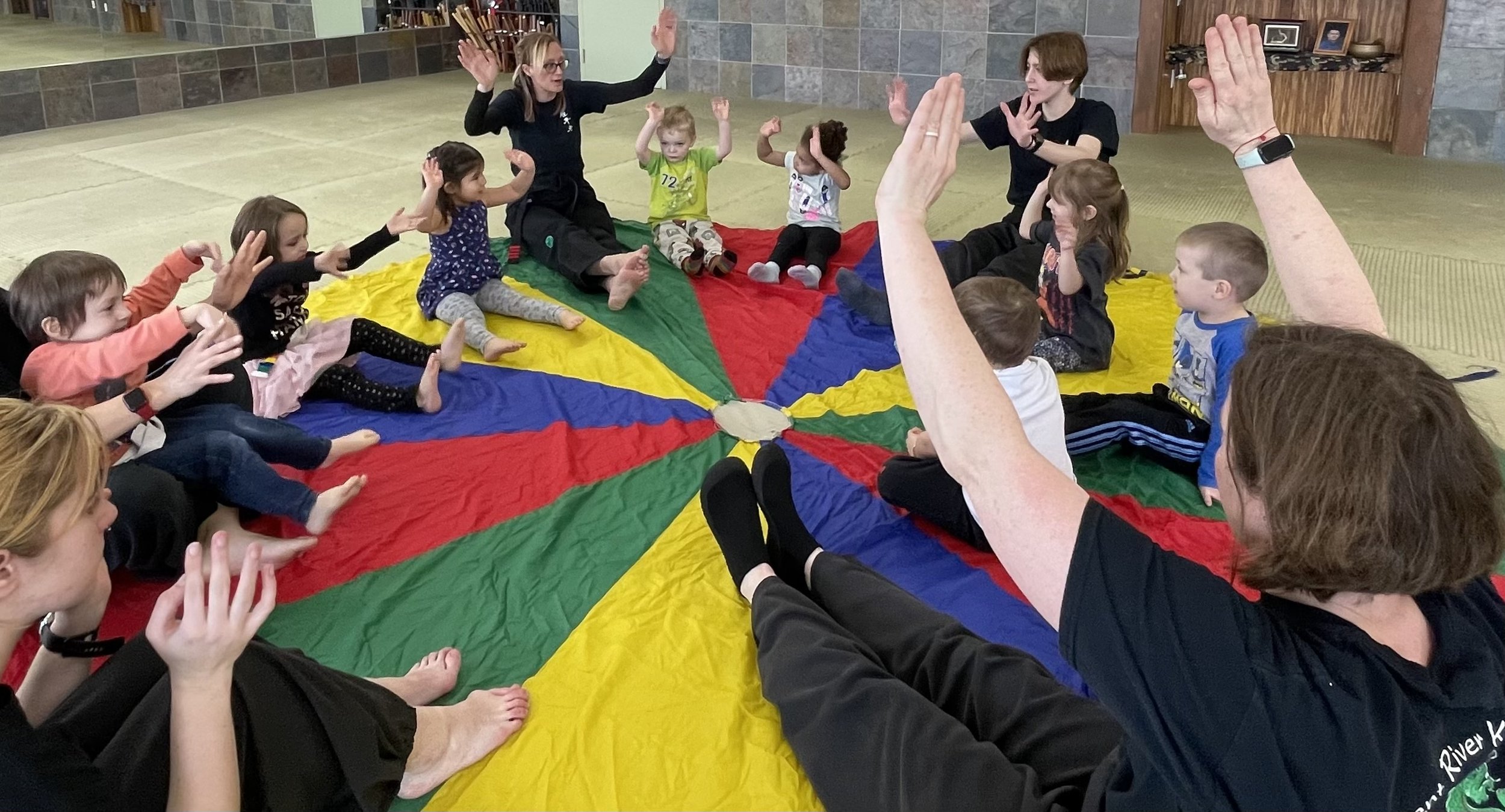Curricular Rotation

Starting this month, we are planing to start a curricular rotation for both the kids and adult classes. Part of the reason is to decrease the differences in skill and knowledge between the two.
Although our approach for each class needs to be very different, the skills and development at each level should be the same.
In an effort to determine the validity of our current set rotation, we will be documenting what activities and lessons we give in each class. We need to track and control as many variables as possible in order to determine if the rotation will work in its current state, or if we need to rethink the rotation/approach. The spreadsheet that you will be given access to is where we will be tracking both the rotation and what is covered in each class. It would be ideal if we also wrote out what our intent/approach was for each lesson, our successes and the weaknesses we noted and anything that would help us sharpen our skills and leave breadcrumbs for the next instructor.
Although we need to merge the classes, we still need to approach each class and each lesson with the needs of the students foremost in our minds. This means that we all, as leading instructors, need to plan our classes before we hit the mats, and need to make our plan while taking into consideration what the previous instructors have been teaching, what the students need to progress, and what is next in the rotation. We can’t just come unprepared and pick a lesson based on our strengths or comfort zone; in order for this to work as intended we will all need to innovate and look at the classes as a whole instead of as a single night of lessons.
Something to keep in mind, and I’m sure something we will all need to be reminded of periodically, is that we are teaching a curriculum, a set of concepts and ideals. Not a list of exercises. The syllabus, the document that lists all of the kicks, punches, applications, etc., is only a list of tools we have to help teach the curriculum, and we need to remember to approach it as such. The goal in teaching our students the Six Harmonies is NOT to teach them a long list of forms, but rather to use those forms to increase their awareness and ability to apply the Six Harmonies. Each form is useful to help us in different ways- that is what we need to be thinking of when we are teaching them. What is it about this form that further advances our goal of teaching the Six Harmonies? What concepts are hidden within it?
We are always trying to refine our approach. Hopefully, this rotation will help us ensure the success of all of our students while making the transition between programs or levels easier and more streamline. We have lost students in the past due to the culture shock, and although there always has to be differences between the classes, perhaps we can soften the shock for students as they progress in the system.